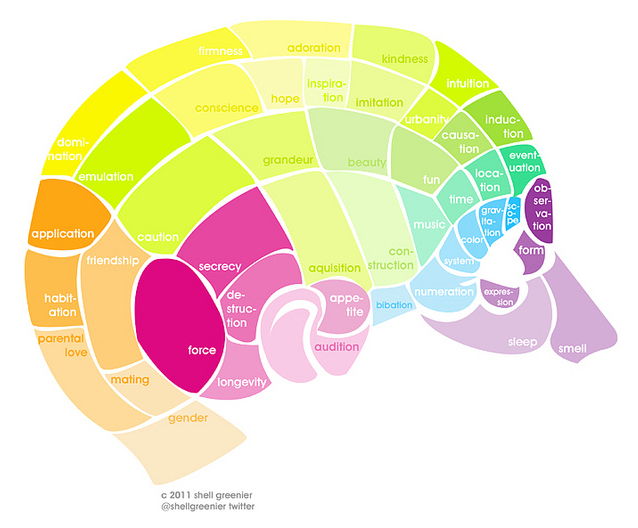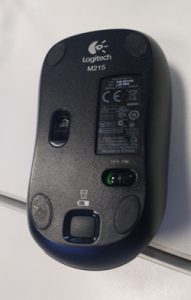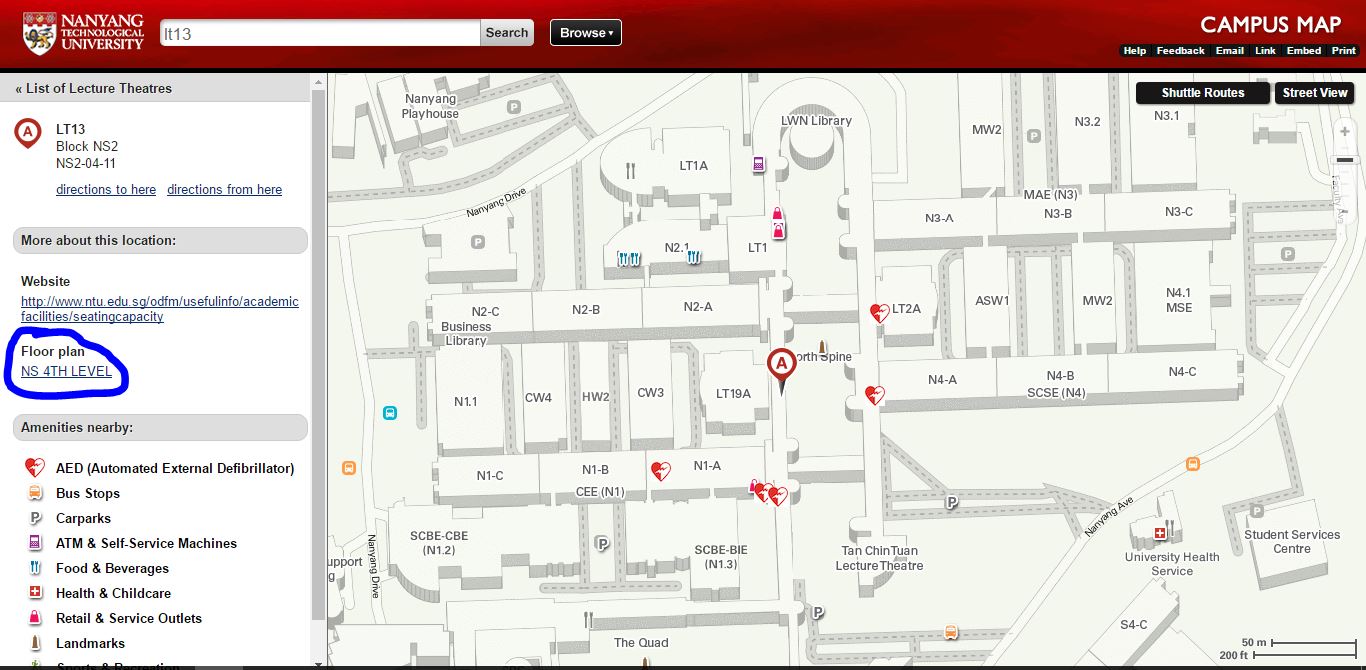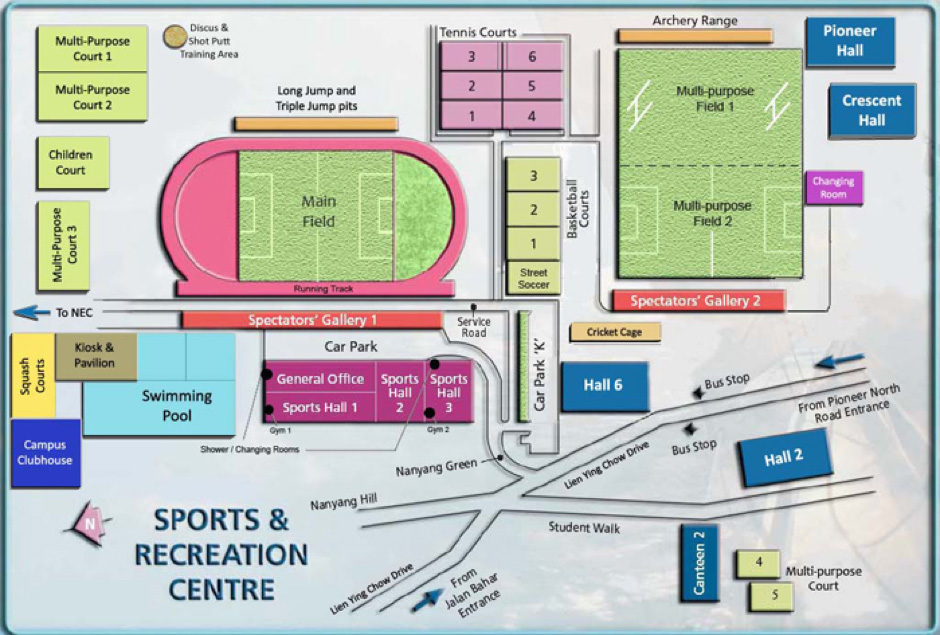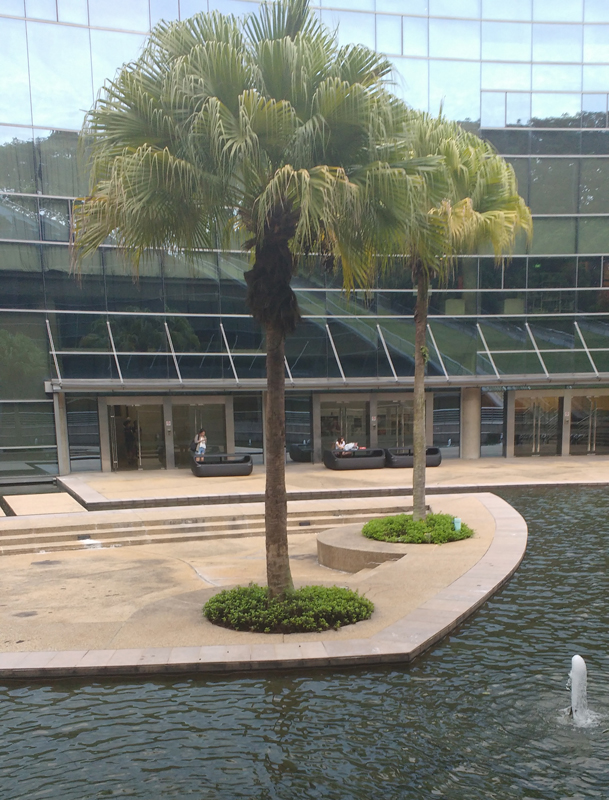- Think of a way in which you could develop an experimental map using images, sounds and stories. Some ideas… What else would we use if we didn’t use maps to find our sense of place? How would you map the sounds you hear every day? How would you map emotions? How would you map the overlooked peoples or places of Singapore?
I think virtual reality could be used in a very useful way in maps. For example when clicking on a point of interest, you could be immersed in that spot (thanks to virtual reality). Being immersed in the world could enable you to listen to testimonies of people who have been there.
We rely on maps because we deem that most of the time, street directions are insufficient. Therefore maybe we could work more on digital layering. A solution would be adaptable street signage. Every person would then see the signage they require (the street signage is linked to your personal account and has the information of where you wish to go for example and by wearing smart glasses, the signs displays the appropriate information for each individual). This way everyone has access to the exact directions they need.
Not having maps would also make us ask for directions and therefore have more human interactions with the locals, this would surely demand more time but sometimes provide us with useful information that cannot be found on maps or guides (hidden/secret places, local restaurants etc..)
Our ears are very sensitive to direction, maybe we could take advantage of the stereo sound systems in our cars and tell directions this way, if we need to turn right maybe have only the right side speakers say “ in 100m turn right” for example.
A good feature to add on a map would be to take into account flows of population. For example in touristic places such as Angkor Vat, it would be interesting to display on a map which route most people take and at what time, because a lot of people take the same route indicated by tour operators (first this temple, then this one etc.) . Having that knowledge could help you plan accordingly and take another route to avoid being in the crowd. This would also show us overlooked places in touristic cities.
Emotions are quite difficult to lay out on a map. Generally we tend to separate them into two categories: positive and negative emotions. In France and in most of the northern hemisphere countries, due to the geographical disposition of the territory, we associate the south with the sun, the beach and therefore happiness, pleasure etc. (i.e. positive emotions). On the contrary, the north is the coldest and rainiest part; therefore we associate it with bad mood, stress, disappointment etc. (i.e. negative emotions).
The most famous map of the emotions separates them into 3 categories: pleasure, desire and pain. In my opinion it is a quite accurate description of our emotions because as you can see on it, all of the emotions are somehow linked to these 3 categories.
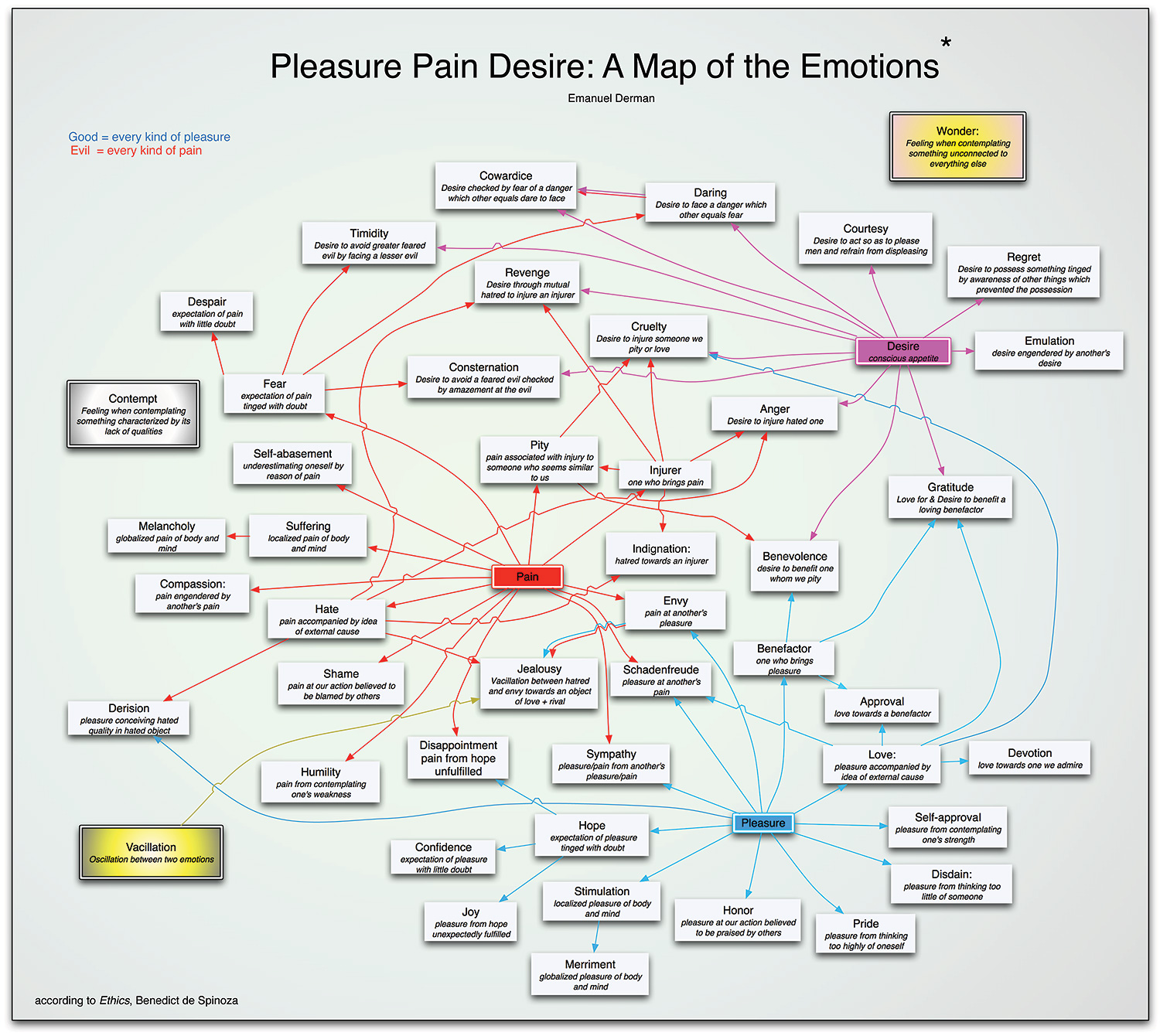
It could be also interesting to map emotions geographically, according to the parts of the brain they emerge from, this way we would what parts of the brain are stimulated for each emotion.
